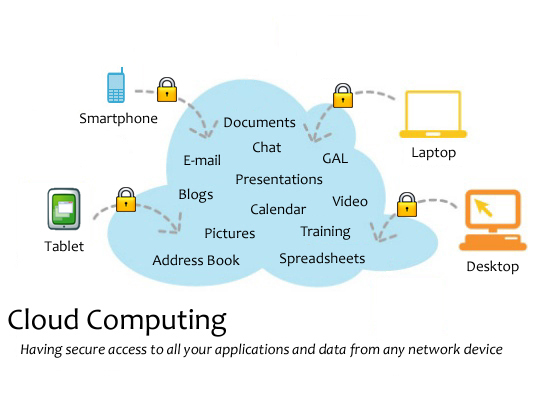Since 2000, the government and healthcare industry have sold Americans a bill of goods called workplace wellness, which turns out to have been a colossal waste of billions of dollars.
Most of this money was spent bribing employees to do things that they don’t want to do, such as submit to biometrics, answer intrusive health risk appraisals, and get preventive medical care.
The marketing pitch that wellness makes people healthier and lowers medical care costs, and thus, produces a return on investment for the employer, isn’t true. Wellness also allowed companies to position themselves as employee-friendly, even while wages stagnated and employees morphed into fungible widgets, instead of vital assets in whom employers invested for years or decades.
However, it looks to us as though at least one major US company is treating economic reality seriously, and, consequently, asking its employees to act like adults.
Let’s look at wellness by Amazon.com, which has apparently avoided conventional wellness whole cloth. Despite our best research efforts, we find no evidence that the company makes conventional wellness programming a priority for employees.
It’s a bit ironic that they don’t given the recent spate of tough publicity about the company’s employment practices.
Amazon has been lambasted lately for the plight of the warehouse workers who animate its backroom operation, where constant video surveillance, productivity demands, and getting your bag searched before you go home are the norms. Message boards also detail the pressure-cooker atmosphere of the company’s white collar space, which raises, in our minds, the pointed question of why haven’t they done wellness?
We think it’s because Amazon’s philosophy about work is straightforward: if you work here, expectations are high and relentless. Amazon’s approach to employee well-being seems to be to not have one other than we invite you to grow with us. This is counter-cultural, and it has more to recommend it than first appears obvious.
When you are competing against Walmart and Target, remaining lean and low-cost is critical; wellness drives costs up, not down.
Expecting many staff to work 50, 60, or even 70 hours per week leaves little time for discretionary visits to the doctor that are pointless even before they happen because this superfluous care will save neither lives nor money. When you are not pouring money into coercing employees to join a wellness program, you preserve capital needed to optimize the technologies and product mix that help you grab market share and crush competitors like Best Buy.














